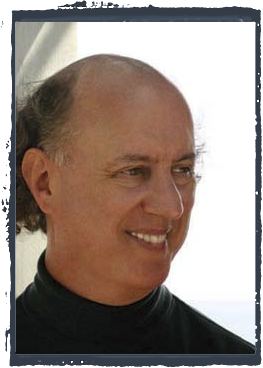In Part 1, we asked: Audience or no audience? For me personally, the answer is simple: I must have an audience to play my best.
For the rest, I do as suggested to me by Lincoln Mayorga:
One: Record a concert twice in the same hall, a day or two apart.
Two: Choose the better performance of each work.
Three: Identify any fatal errors in the chosen performances.
Four: Correct these errors if possible.
Five: If fatal errors remain, conclude that I wasn’t ready to record.
Correcting errors: If I goofed at a certain spot in one concert, maybe I played the passage fine in the other concert, and can “cut and paste.” Or maybe I played it fine where it appeared elsewhere in the same performance.
My first three albums indicate a range of what can happen. The first (Scarlatti/Beethoven; out of print) came from a single concert performance with no editing. I played the concert once, and lucked out: it was releasable.
The second (Schumann/Chopin; out of print) had one edit, to eliminate a cough between two chords at the end of “Kinderszenen.”
The third (Prokofiev 6th Sonata; LP out of print; CD available) came to grief due to a fault in the microphone. I recorded again with an invited audience, and ended up working in quasi-studio style: Take 1 was all four movements. Take 2 was the first movement again. Then I decided to use Take 2 plus the 2nd, 3rd and 4th movements from Take 1. Finally, a few takes were “covers” of small errors. The audience patiently listened to me play all the takes, and waited while I listened to all the playbacks. (If they had left, the acoustics would have changed.) I’m reluctant to put an audience through that tedium; another reason to record in concert.
For “Pictures at an Exhibition” (LP, CD), I edited with Hugh Davies, who for decades was Angel’s top editor. The piece is 31’25” long, of which 1’25” was bits taken from the other concert. I commented that this was by far the most editing I’d ever done; and Mr. Davies exclaimed, “It’s one-fourth of the least I’ve ever done!”
